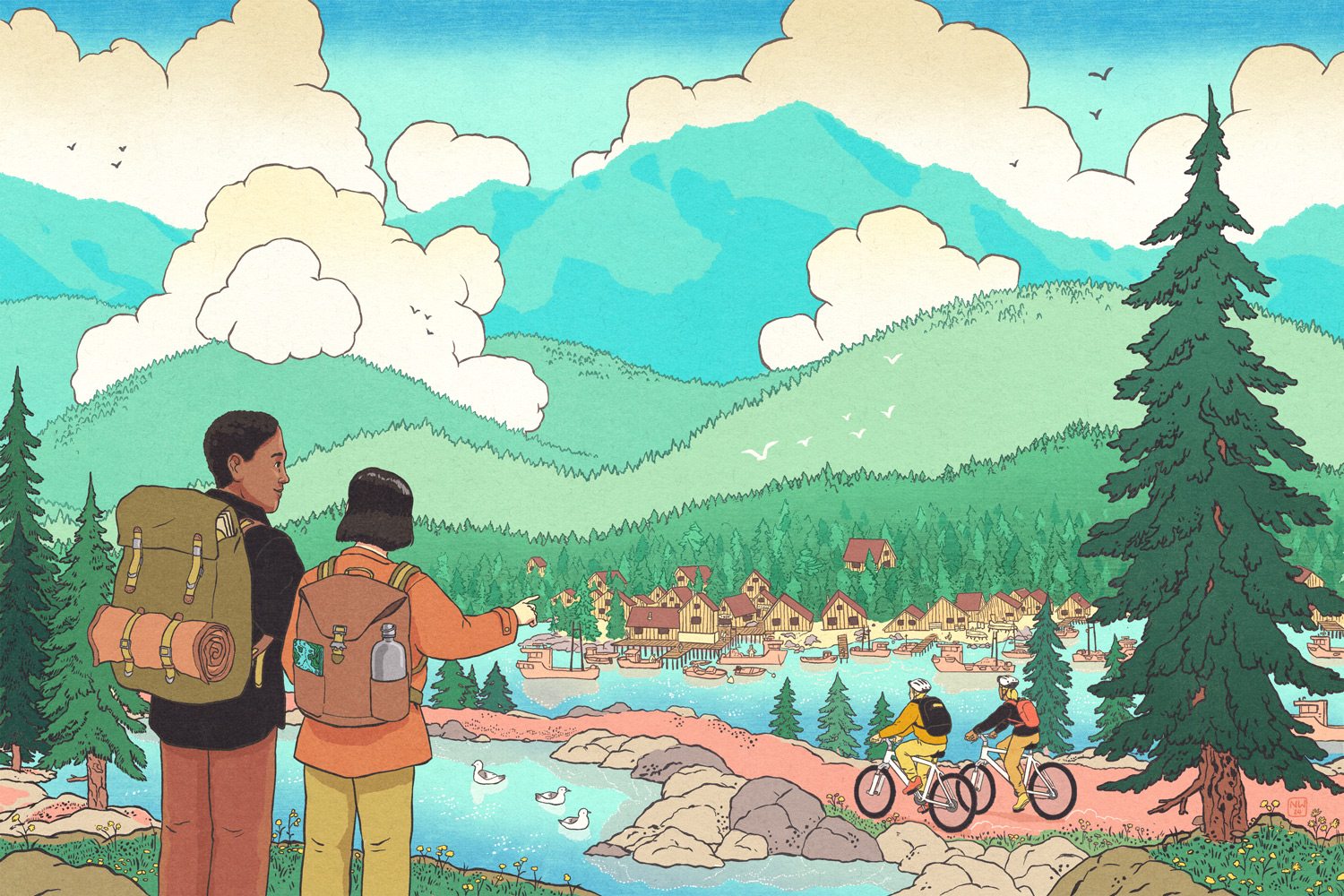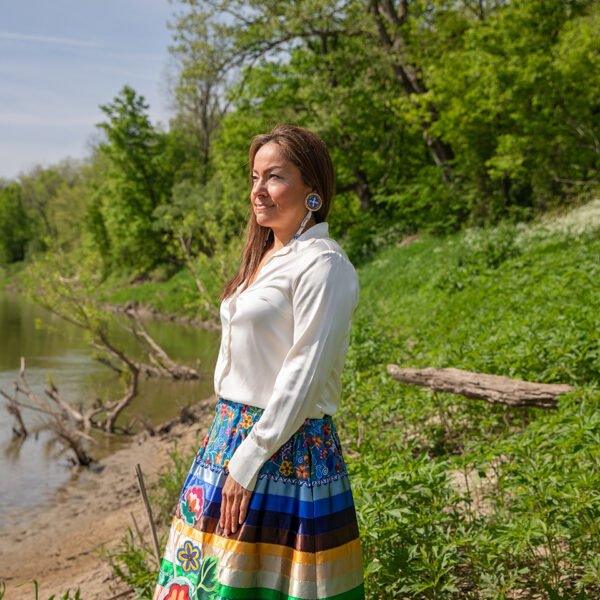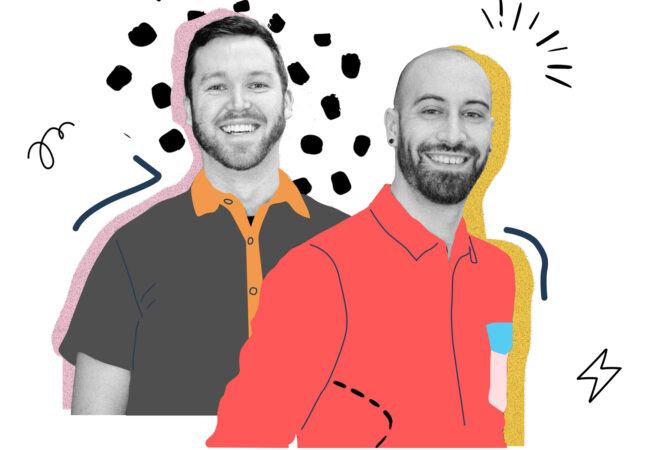This spring, Venice became the first city in the world to charge daytrippers a fee to visit during peak periods. It’s a bold move to try to address the strain of overtourism on its infrastructure – a global problem TRSM Hospitality and Management Professor and sustainable tourism expert Rachel Dodds has been focused on for some time.
In 2019, Dodds and Richard Butler co-authored Overtourism: Issues, realities and solutions, the first academic book to deal with the issue. “When the pandemic hit, people thought overtourism was over but we said it will come back even stronger and suggested to destinations that it was an opportunity to plan.” They are about to start work on a second book.
“Sustainable tourism is not a box you can check,” says Dodds. “It’s about achieving balance between economic benefit, environmental preservation, conservation as well as cultural equity and respect so everyone benefits and all stakeholders are included.”
She points to Tofino as a tourist destination that has taken important steps to achieve that balance. Dodds first visited in 2009 to understand the impacts of transitioning from a fishing village with just over 2,500 full-time residents to a popular international tourist destination attracting about 700,000 tourists a year. Fifteen years later, she is following up on her initial research: “Sustainable Tourism: A Hope or a Necessity?”
“There has been a significant shift in values and mindset. Stakeholders, including government officials, local planning and parks authority, land developers, NGOs, residents, businesses and First Nations leaders, initially thought of sustainability strictly in terms of the environment. Now that understanding has expanded to include the need for equity, for the inclusion of First Nations and for the entire community to benefit from the opportunity tourism offers.” This is particularly important as Tofino is the traditional and unceded territory of the Tla-o-qui-aht First Nation of the Nuu-chah-nulth peoples.
The result: Following the lead of the region’s First Nations, many businesses are directing revenue to support destination stewardship. The Tla-o-qui-aht First Nation proposed and administers a program that has 128 businesses collecting an ecosystem fee from their customers which would then be reinvested into the region.
Banning single-use plastics
Thanks also to a collaborative effort on the part of settlers, First Nations, not-for-profits, businesses and policy makers, Tofino was one of the first municipalities in Canada to ban single-use plastics and today the majority of businesses are certified Ocean Friendly – a program run by the Surfrider Foundation.
There are two tourism related taxes in Tofino. One is the Municipal and Regional District Tax (MRDT) Program, which was designed to fund tourism marketing programs and projects. Another, the District’s Resort Municipality Initiative (RMI), is now funding infrastructure which benefits the entire town. Part of the RMI also funds affordable housing. “There has been a shift in mindset towards sustainability and the realization that it must be part of the fabric of the destination,” says Dodds.
On the other side of the world, Dodds is beginning a new research project with the Faroe Islands that will apply a behavioral science lens to evaluate and propose new metrics to measure what sustainability success looks like in the tourism industry.
“If you want to shift action you have to shift behavior,” says Dodds. “The Faroe Islands are keen to work with us to move from a volume-based approach toward tourism to a values-based approach. This is exciting.”
Today, the Tourism Satellite Account is the global standard for measuring the impact of tourism. Key metrics include the number of international arrivals and the number of jobs that relate to tourism. “The metrics are not measuring what we need in order to create real value for all stakeholders,” says Dodds. “Having five million tourists visit a destination for two hours where they don’t spend much money does not help the local economy. Another popular metric such as number of jobs isn’t a good measure either as many tend to be part-time and low-paying.”
Dodds and her team have collected and are assessing sustainable tourism indicators and frameworks to arrive at three to five values-based indicators they will pilot with the Faroe Islands. The goal is to develop a prototype that can be applied to other destinations. “Sustainability is no longer an option. It has to be part of a destination’s core value structure.”





